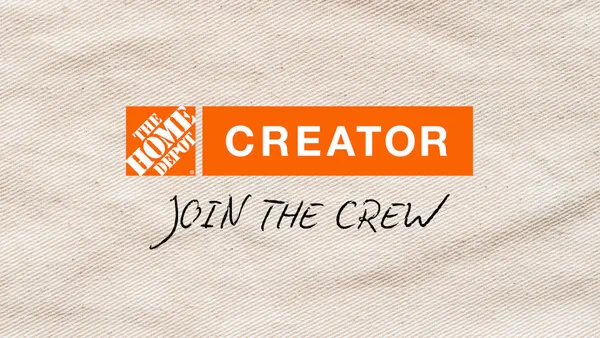Editor's note: The following is a guest post from Omaid Hiwaizi, global head of experience strategy at Blippar.
In the past 20 years, digital advertising has evolved incredibly, both with innovation in technology and shifts in consumer engagement. With the rapid change comes new opportunities for marketers to engage consumers and make their content more meaningful. One huge opportunity is the advent of augmented reality (AR), which has shifted from a buzzword among agencies to a necessity for brands. The industry is now realizing that AR is a powerful method for companies to employ in engaging consumers and growing brands, but we're still figuring out where to start and how to utilize it in a way that maximizes impact.
To that end, we've seen what works and what doesn't quite cut it. Here are some best practices for using AR.
Set objectives
Before creating an AR experience, the first step is to set a clear objective for brands and companies. What do you want out of an AR experience, specifically, and how does that fit into a broader campaign? Is it a tool to help drive sales, bring people to a physical store, engage online or promote social sharing of the product? The objectives are near endless, but setting an objective is crucial to create an experience that makes sense — brands will need to have a call-to-action that supports their objectives and measures the usefulness of the tool by linking back to this larger objective.
Focus on the user
AR is all about creating real, tangible experiences for shoppers and consumers — not just for the sake of using the emerging tech. AR experiences should be created to fulfill peoples' category drivers and overcome behavioral barriers. Think about shopping for a car, for example. With AR, the experience transforms from simply browsing options on a website to clicking on a car and being transported to its interior in near real-time, allowing you to get a 360-degree view inside and a truly immersive experience, which is exactly what you'd want to see if you were in the market for a new car. This kind of experience immediately hooks users and gives them an interactive way to experience a brand or product. Whether people scan a Pepsi can or take a photo of a car and see relevant details pop up, this kind of immediacy empowers users to learn more about whatever product they're interacting with and elevates the brand with an immersive, memorable or useful experience. What's key is starting with a shopper or consumer insight, regardless of which industry or vertical you are working in, and focusing on enhancing the journey.
Think about the journey
To drive engagement with this new behavior, people first need education. This is done with a clear call-to-action highlighting the value of the experience and instructing them about what they need to do. This gets people into the right mindset, serves them the content they need and leads them down the sales pipeline (or whichever objective you have set). For example, if users are clicking on a banner ad that leads them to the interior of a car, they need something to do after this that keeps their interest alive and intrigues them in pursuing next steps with the brand. In the car example, this could be trying different configurations or requesting a test drive. AR can do that. AR enhances touch points in the marketing funnel that not only initially attract users but also drive action and engagement. This maximizes its value as a tool in your marketing strategy.
Looking ahead
AR technology gives brands a powerful and innovative way to connect physical and digital touch points and to engage consumers while driving them along a desired journey. As mobile devices continue to dominate how consumers interact with the world, brands will have to adapt to meet them where they are, as the mobile device is the primary channel many consumers use to engage with brands. AR is arguably more captivating and involving than standard digital solutions alone. With these best practices, it's possible for brands and agencies to apply AR technology with lower risk and larger reward.











